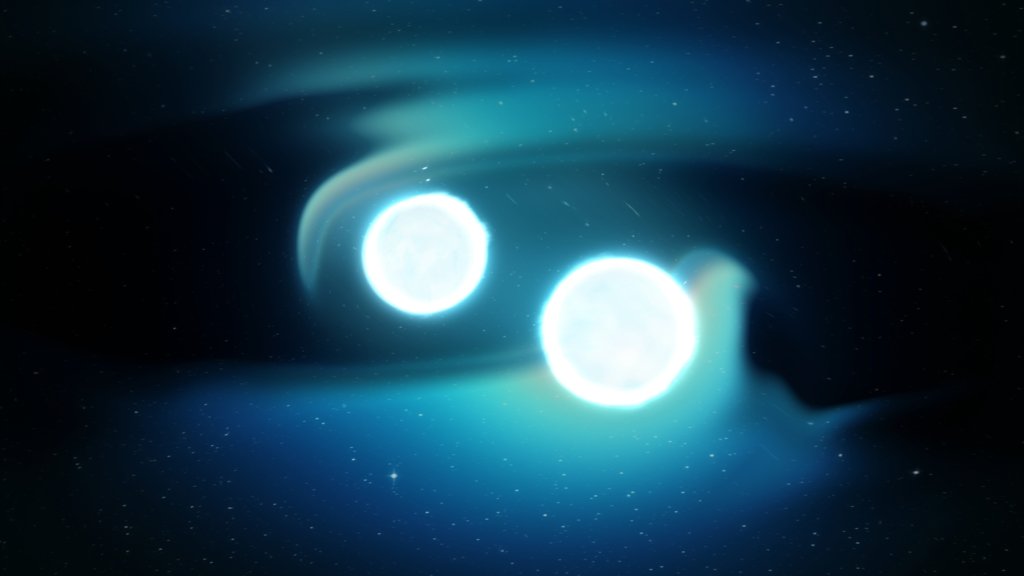
Gold
In 2016, Scientists discovered ripples in the fabric of space and time known as gravitational waves. The existence of which was predicted by Albert Einstein in 1916 - that's a hundred years!
Gravitational waves are extraordinarily weak, making them extremely difficult to detect, and even Einstein was uncertain whether they really existed. A century later, researchers successfully detected the first direct evidence of gravitational waves, using the Laser Interferometer Gravitational-Wave Observatory (LIGO). This work earned three scientists the 2017 Nobel Prize in physics.
The easiest gravitational waves for LIGO to detect are the most powerful ones, which are released when extraordinarily massive objects collide with one another. All of the gravitational waves that LIGO and other detectors previously discovered were from the mergers of black holes. For the first time, in 2017, scientists detected gravitational waves from merging neutron stars, using LIGO and Virgo.
The researchers estimated the merger generated a jet of material that shot outward at nearly the speed of light, moving down a path tilted about 30 degrees away from the line of sight from Earth. All of the light that the researchers detected came from a cocoon of material surrounding this jet. They estimated that about 30 percent of future neutron-star mergers will generate bright gamma-rays detectable from Earth.
The spectrum of light from the matter ejected from the merger revealed that this material was loaded with newly synthesized elements. These new findings confirmed 70 years of research suggesting that neutron-star mergers are powerful enough to synthesize heavy elements such as gold, platinum and lead.
The Science
This was a self perpetuated project. A quick and curious idea sparked by being an audience member at the recording of BBCs Radio 4 show, The Infinite Monkey cage, on which they had guests, Professor Sheila Rowan of Glasgow University and Professor Nils Andersson of Southampton University to talk about the discovery of the two neutron stars colliding.
The Project
To typographically and physically represent the merging of two elements to create a new one. The two books, “A” and “u”, are the neutron stars. The article is the individual elements the two stars carry. It’s split down the middle and across two books, needing the books to “collide”, and the pages to be interlaced to be able to create a coherent text. That ability, being a new element, gold.
The Idea









